Last updated on 2025-05-20
A review and Photo example of the NOCTILUX 50mm F1 3rd with the LEICA SL typ601 and LEICA M10.
- Please see the disclaimer regarding advertising here.
- Italicized links in the text are advertisement links that take you to other sites.
Table of contents
Gallery
- The example photos were taken with the LEICA SL typ601 and LEICA M10.
Review
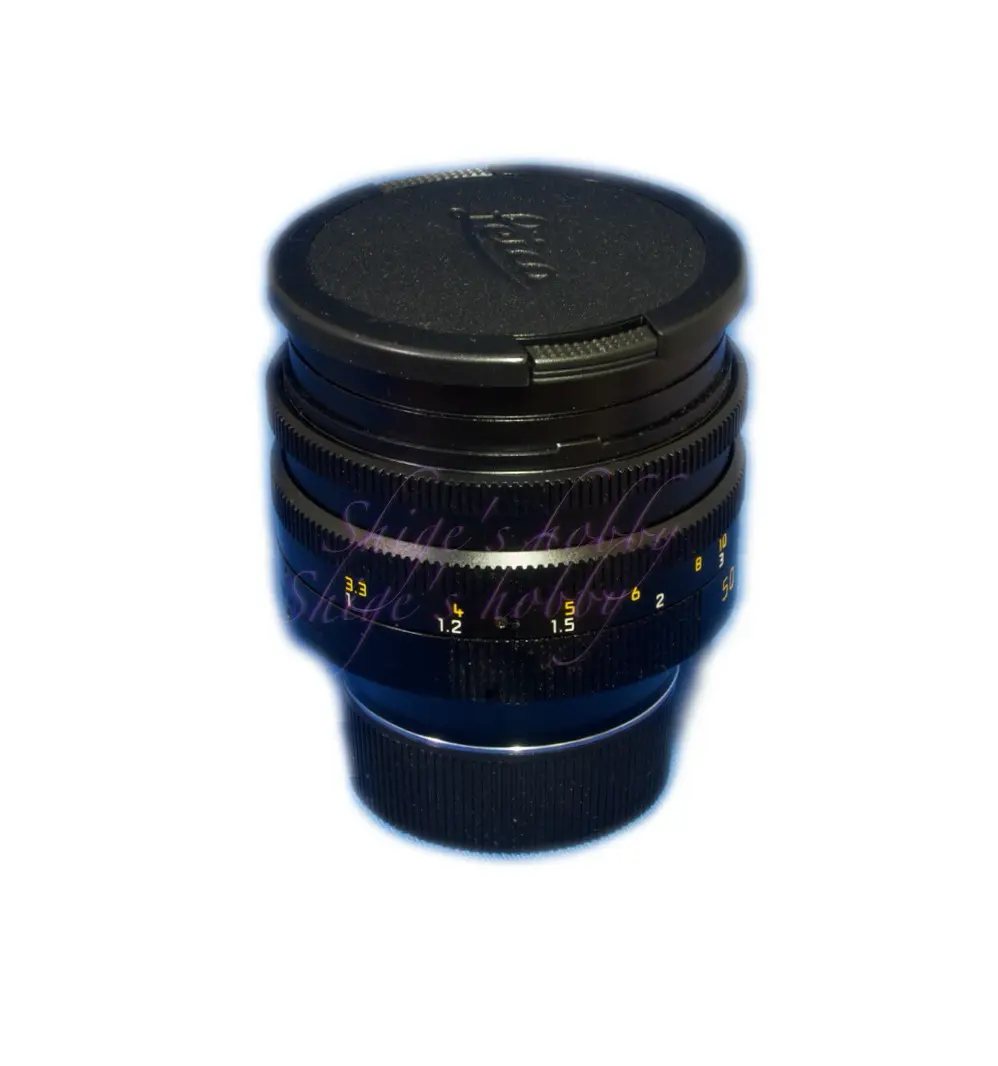
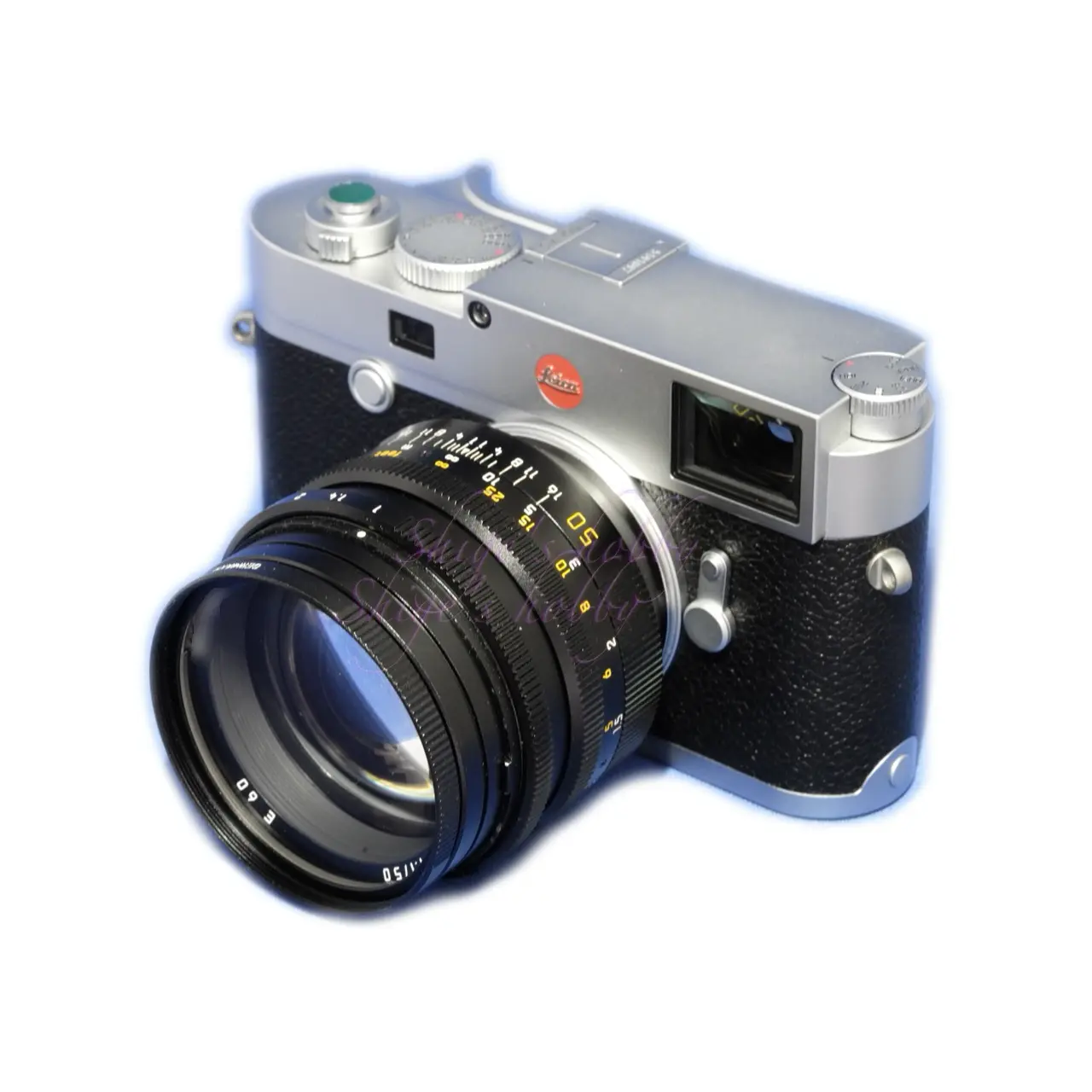
1.Overview
The first Noctilux with an aperture of F1 was released in 1975, and the lens introduced here is the third-generation, later model, of which 2,400 were manufactured between 1989 and 1992. It was manufactured in 1991 with a lens serial number of 3.56 million.
It weighs 630g, has a lens diameter of 69mm, and a minimum shooting distance of 1m.
There are various theories about the division of lenses, but here we will use the following divisions. The Noctilux 50mm started with an aperture value of F1.2, and evolved to F1.0 and F0.95.
| First | Noctilux F1.2 | Hook-type hood |
| 2nd | Noctilux F1.0 | Filter diameter 58mm Pin-type hood |
| 3rd・Early | Noctilux F1.0 | Filter diameter 60mm Pin-type hood |
| 3rd・Late | Noctilux F1.0 | Filter diameter 60mm Hook-type hood |
| 4th | Noctilux F1.0 | Filter diameter 60mm Built-in hood |
| 5th | Noctilux F0.95 | Filter diameter 60mm Built-in hood |
2.Usability
The Noctilux 50mm is a large-aperture standard lens for Leica M mount.
It is large and heavy because it is designed to be used at full aperture.
When attached to an M-type Leica, the lens’s presence becomes exaggerated, and when the hood is attached, it covers the viewfinder frame quite a bit.
I have never used this lens with a film camera. With a digital camera, I used it casually at full aperture F1 without worrying about wasting shots. As long as I used it with a LEICA M10 or LEICA M-P typ240, I was able to take pictures without losing focus very often.
It is no wonder that there are many fans of the unique depiction, but at full aperture, the area other than the focal plane becomes too blurry and fuzzy. Also, depending on the subject, false colors appear in the peripheral areas, making it difficult to use in some situations. This can be improved by narrowing the aperture to a certain extent.
When shooting at full aperture F1 in a dark place with low light to gain shutter speed, the circular bokeh becomes like a rugby ball, which I do not like very much. Also, I was saddened by the image distortion in the peripheral areas.
The minimum shooting distance is 1m, so it’s not a lens that you’d use for getting close up, but it does limit where you can use it. This problem can be avoided by using an extension helicoid on a mirrorless camera.
If you attach it to the M10, which has a thinner body, it will be unbalanced as a shooting machine and will lose the lightness of a rangefinder camera. The M Typ240 has a thick and rigid body, so it’s reliable when attaching such a heavy lens.
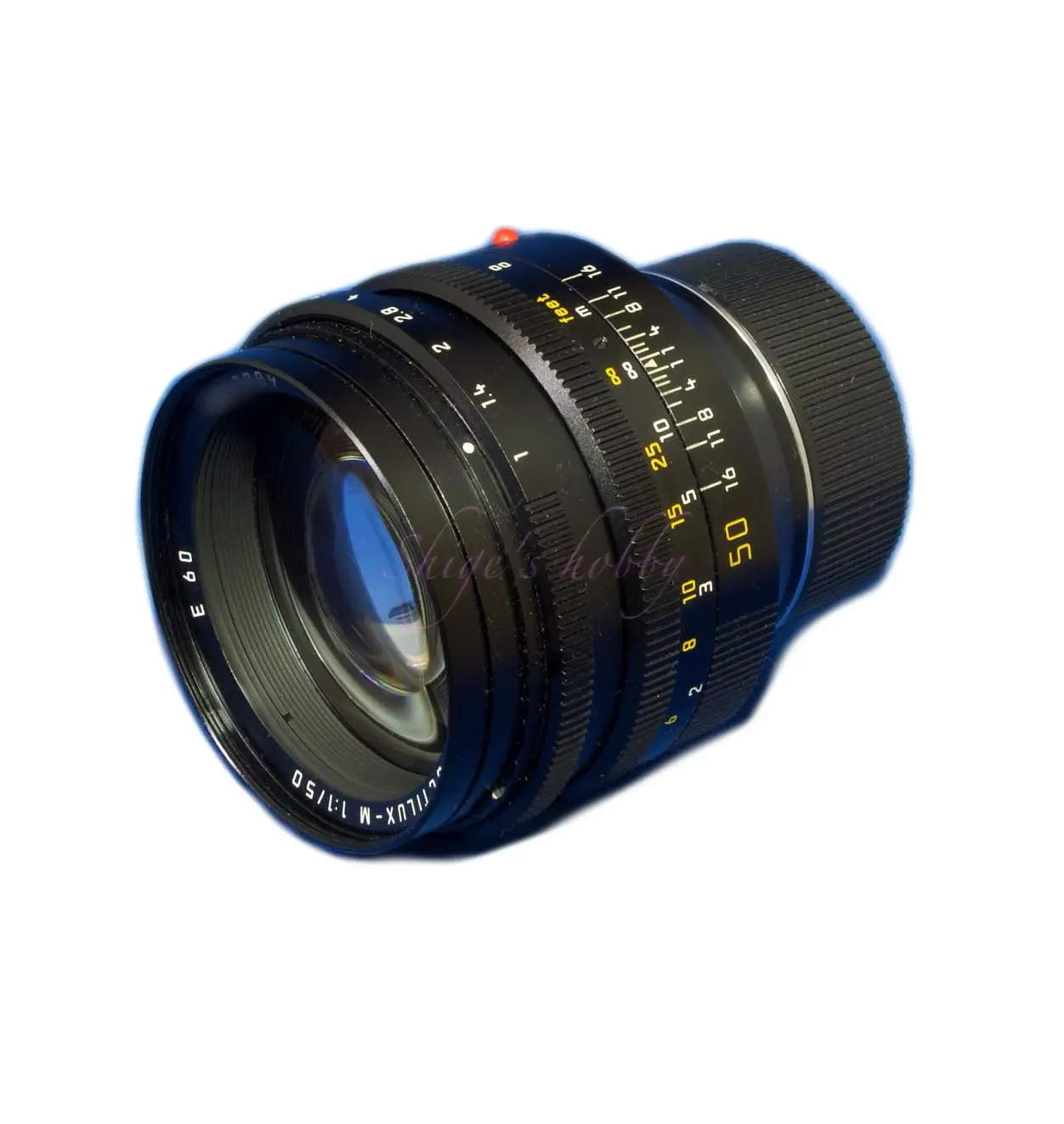
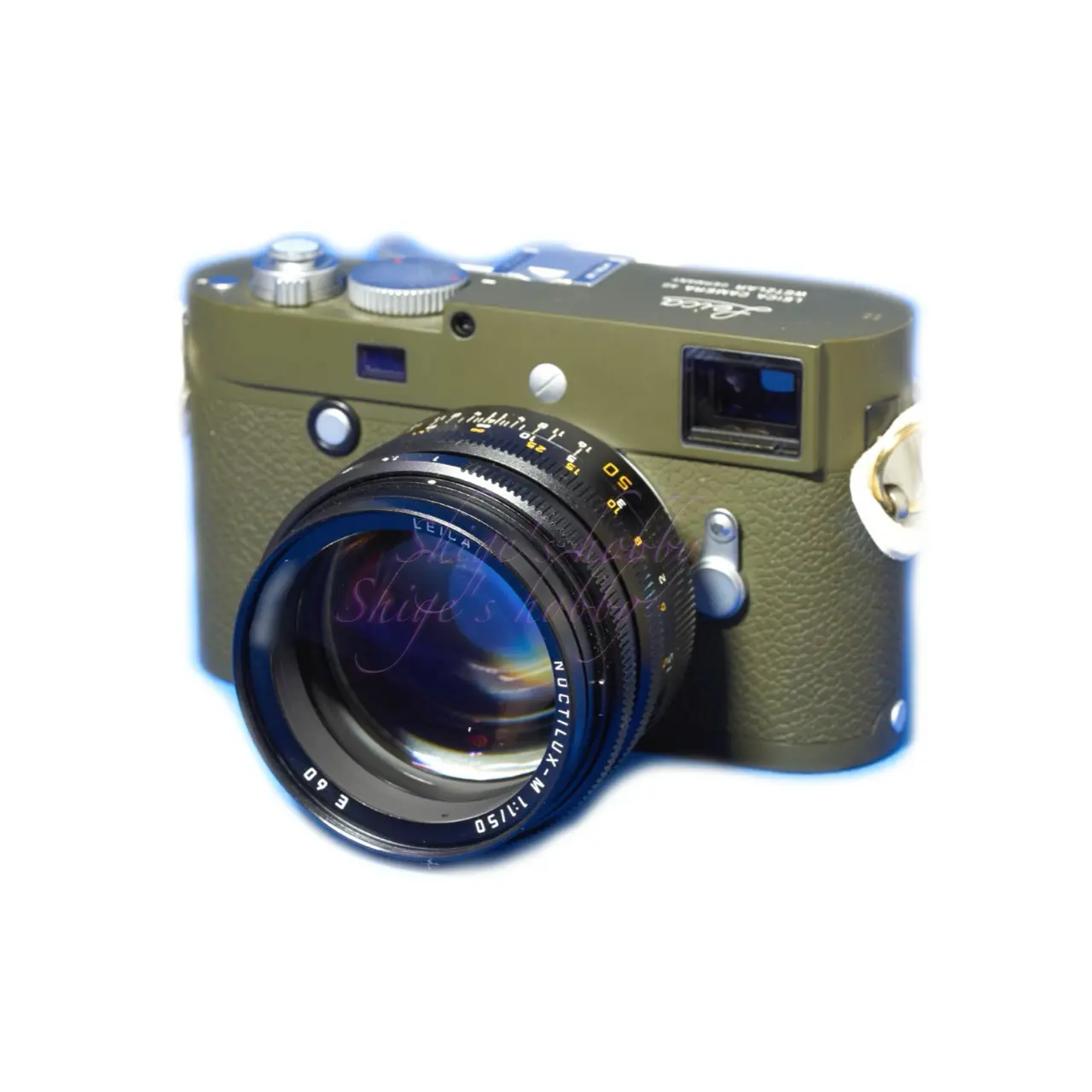
3.Summary
In conclusion, to sum up the NOCTILUX 50mm, the image at full aperture is difficult to use because the foreground and background are too blurred. The image becomes clear when stopped down to around F2, but in that case it would be more practical to use the SUMMILUX or SUMMICRON at full aperture.
When used with a 35mm full-frame sensor, the edges are slightly blurred at F1, so the image circle is at the limit and not suitable for use with larger sensors.
Specification and Competitor
Bright 50mm focal length lenses are available from several companies, but in the 1960s when the large aperture competition was fierce, each company released F1.1 and F1.2 lenses, but since Canon’s 50mm F0.95 was released in 1961, no F1 class lenses have been released. Leica has released lenses continuously since releasing F1.2 in 1966 and F1.0 in 1975.
Ms-optics released F1.0 lenses in 2019 and Cosina Voigtlander released F1.0 lenses in 2022.
I own an Ms-optics ISM-GA, but the image quality at full aperture is quite poor, so I don’t use it much.
Comparing the NOCTILUX 50mm and ISM-GA 50mm, both lenses are double Gauss type deformations, but the lens position is quite different. Like normal large aperture lenses, the NOCTILUX is distanced from the film surface to take into account the peripheral light amount. In contrast, the ISM-GA prioritizes compactness, so the lens position is closer to the film plane, which means it struggles with vignetting and aberration correction when the aperture is open.
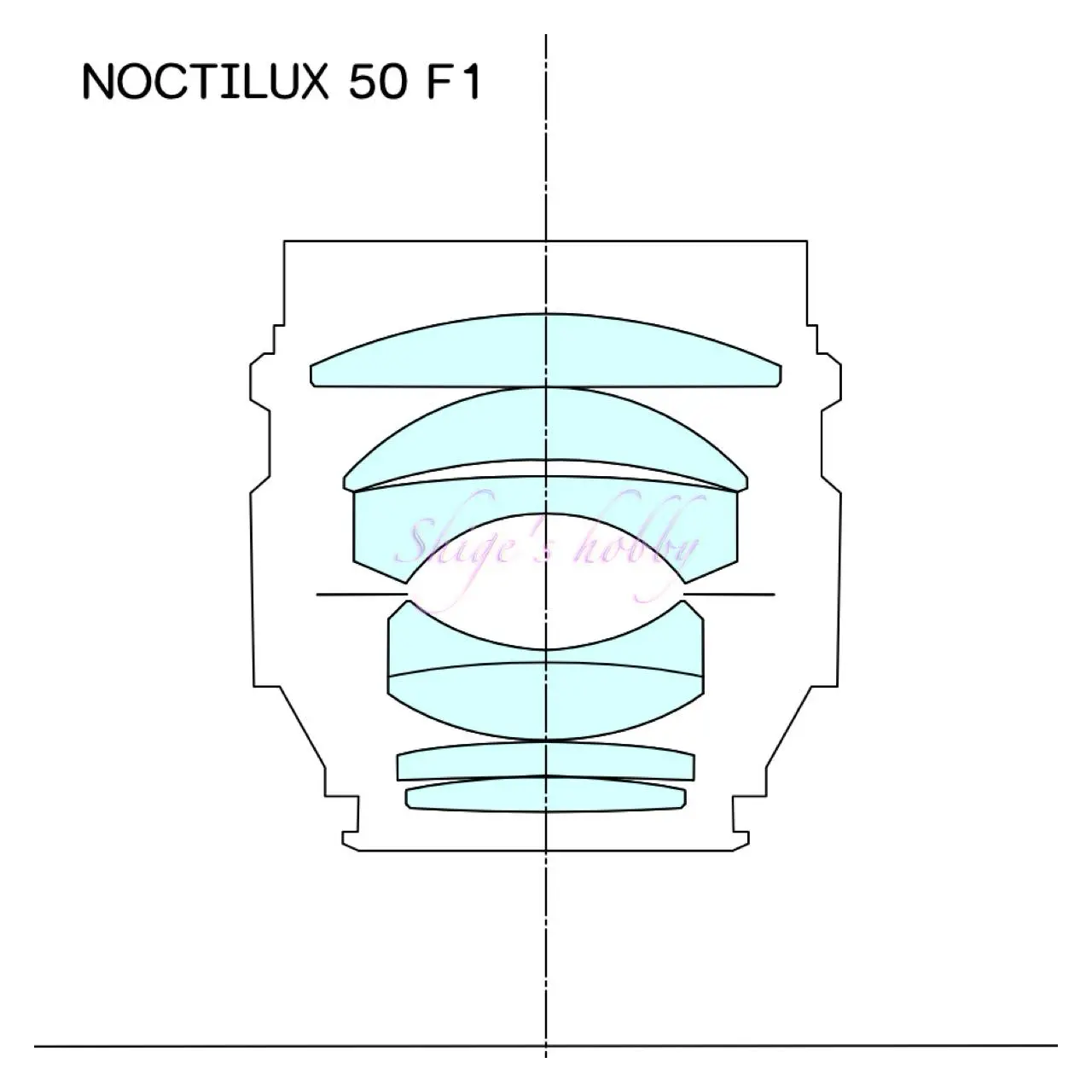
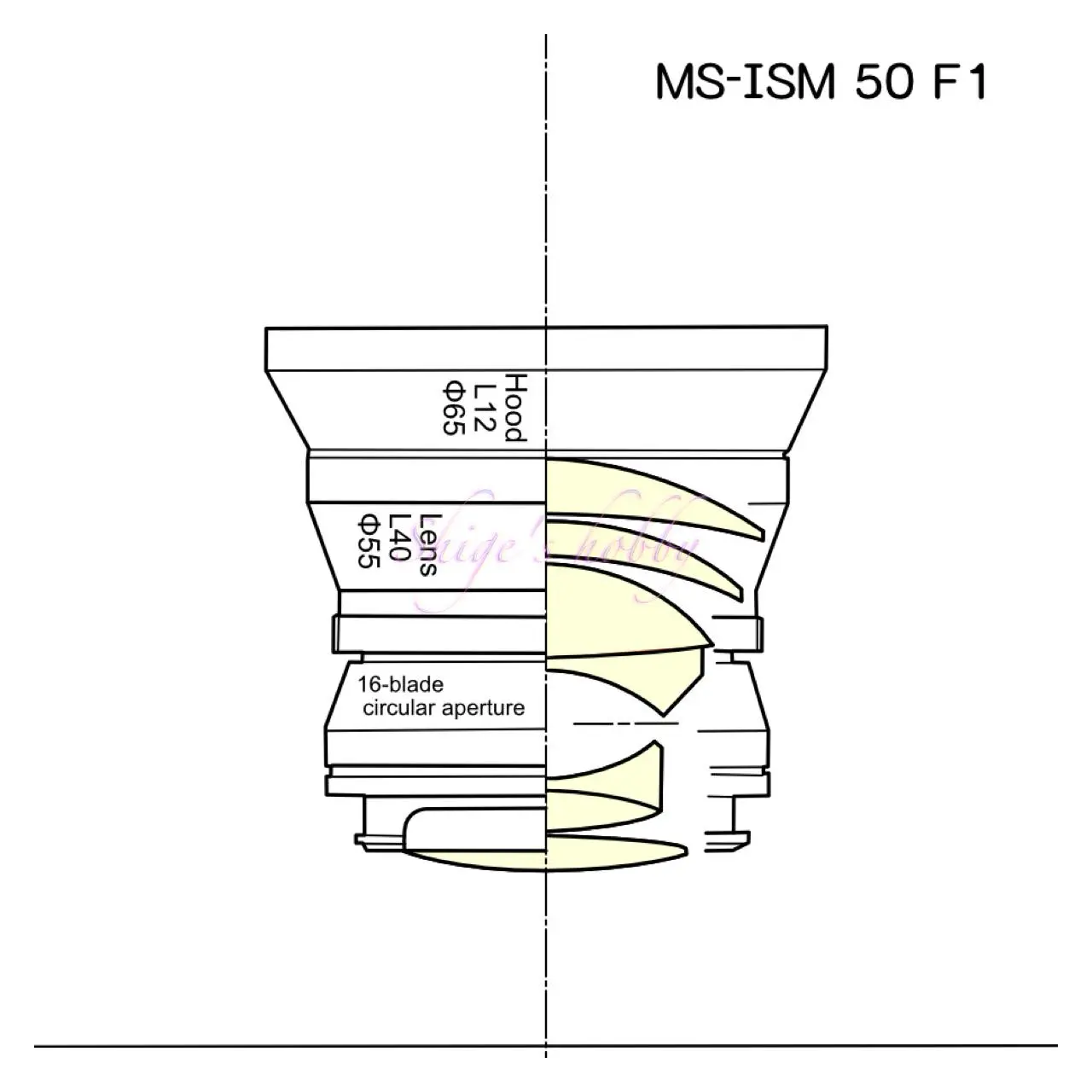
| 項目 | NOCTILUX | MS-ISM |
| 製造者 | LEICA | Ms-optics |
| 焦点距離(mm) | 50 | 50 |
| 最大絞り | 1 | 1.1 |
| 最小絞り | 16 | 16 |
| 絞り羽根 | 10 | 16 |
| レンズ構成 | 6群7枚 | 5群7枚 |
| 最短撮影距離(m) | 1.0 | 0.8 |
| レンズ長(mm) | 62 | 41 |
| レンズ最大径(mm) | 69 | 54.7 |
| フィルター径(mm) | E60 | 55 |
| 重量(g) | 600 | 178 |
| 定価(税別) | – | 120,000- |
Reference links
- Leica Wiki NOCTILUX 1 / 50
- MS-ISM-GA 50mm F1 ・Shige’s hobby
- NOKTON 50mm F1・Voigtlander公式ページ
Update history
- 2025.5.5
- 2024.03.05
Affiliate links
- Please see the disclaimer regarding advertising here.
- Italicized links in the text are advertisement links that take you to other sites.
- Leica lens・Ads by Amazon
- Leica digital・Ads by Amazon
- Leica camera body・Ads by Amazon
- Leica accessory・Ads by Amazon
- Leica book・Ads by Amazon

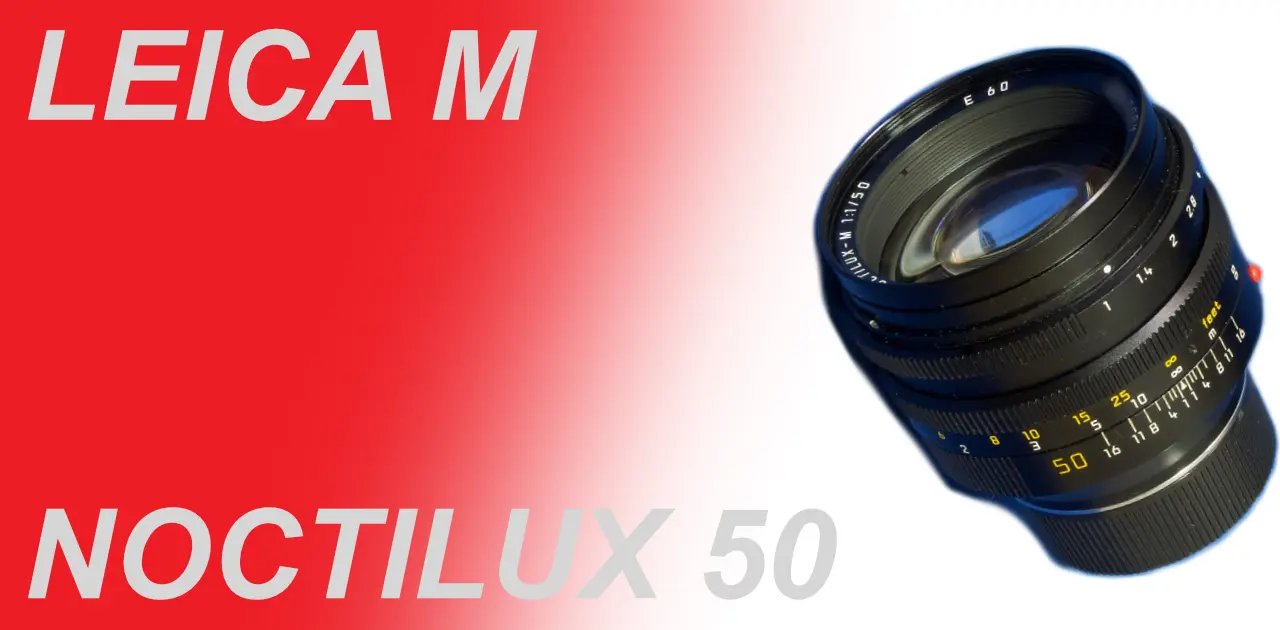

Be First to Comment